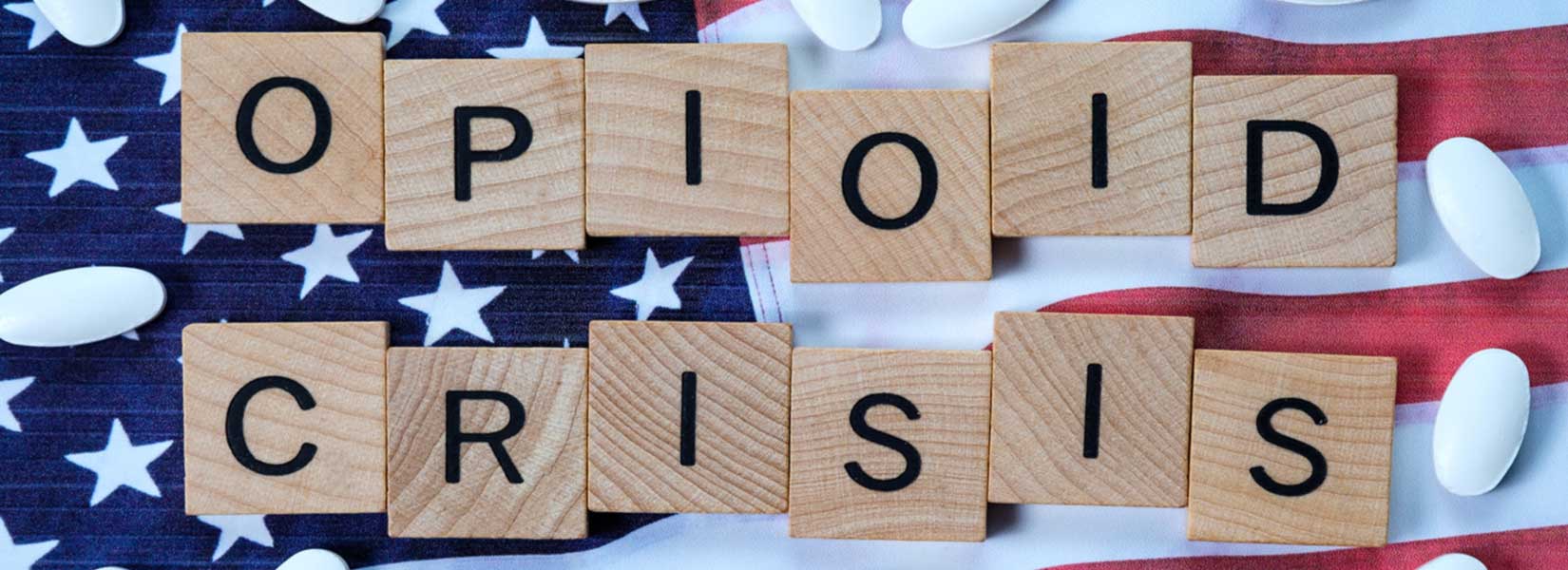Update on the Opioid Epidemic – Publicity, Changes, and Recent Lawsuits
In a single 12-month period, over 47,000 people have died from opioid overdoses, and a reported 10.3 million people in the U.S. misused or abused prescription opioids. In 2017, the Department of Health and Human Services announced the opioid crisis, and later that same year, the current presidential administration declared the crisis a public health emergency. The initial five-point plan set into motion in 2017 is finally showing its impact.
Updates on Government Actions
The Trump Administration announced on September 4th of 2019 that an additional $1.8 billion for funding would go toward combatting the opioid epidemic. That is exclusive to the Department of Health and Human Services, while the CDC announced another $900 million in funding. Other state-run agencies and private non-profit organizations are receiving grants for their role in tackling this crisis.
Where is this money going to? The purpose of the funding is to increase access to both treatment and prevention services. Treatment services are becoming more readily available and working toward becoming more effective. Prevention services include increasing the reliability of collected data on opioid prescription, distribution of those drugs, use, and related deaths. The funds heading toward the prevention planning should provide data that is persuasive enough to modify or update existing drug laws and bans to align them with modern prescription and drug trade methods.
Lawsuits and Settlements
Families who have lost people to drug use are not frequently seen in court for wrongful death or medical malpractice cases. In fact, in a rare turn, major pharmaceutical companies, doctors, and pharmacies are being held responsible for inappropriate drug use. Recently there has been a bunch of lawsuits against those in the medical community for overprescribing, recklessly distributing, or in any other way fueling the opioid crisis.
One such example, Purdue Pharma, one of the world’s largest pharmaceutical companies, offers a 10-12 billion dollar settlement. Keep in mind that the settlement offer is typically less (accounting for compensation, legal fees, and attorney’s fees) than what they believe they would have to pay if all parties involved went to court. The allegation that Purdue faced was that as the creator of OxyContin, it not only initiated the opioid crisis but fueled it for many years. It initially advertised the drug as non-addictive, and that they used deceptive sales practices to get doctors and pharmacies to use and stock their product. OxyContin is now synonymous with the opioid crisis.
Aside from the Purdue lawsuit, there is an open case against McKesson Corporation. The allegations against this company are that the falsely represented themselves and concealed evidence of mishandling in their supply chain. Essentially the claim is that millions of pain pills were diverted to the black market through their facilities. A whistleblower came forward with information about the hidden security aspects, and the wholesale drug distribution chain has been fighting those allegations.
Finally, in October of 2019, two counties in Ohio reached a settlement with four companies that fueled the national opioid crisis. The counties sought out and recovered billions to cover expenses for addiction treatment programs, healthcare, and other services necessary for handling hundreds of thousands of deaths.
Even Walgreens is facing legal action as people take to the justice system to manage this drug crisis from a different angle. The war on drugs is no longer exclusive to borders and illegal trade. The larger battle is the origin, the creators who are still pushing their products into pharmacies.
The Public Opinion on the Opioid Crisis
The overarching feeling from polls conducted in June of 2019 is that people are for creating more community-based recovery centers or increasing access to rehab options. That means that people who need help or have a family that needs help should know that about 80% of people support their recovery within their community and within their neighborhood.
However, there is still a large opposition to clean needs acts or clean needle initiatives. Many believe that supplying clean needles will only perpetuate drug use or enable users further.
Ultimately, the only option for someone facing an opioid addiction is to get help, or someday experience an overdose. The self-help method on a large scale does not work for opioid addiction. Nearly all drug addiction disorders require a support system, therapy, and medical professionals that can help you safely get off the drug. Attempting to isolate yourself and get off of opioids will not likely be effective. Reach out to local rehab centers such as Rehab Carolinas for information on how to plan your sobriety.
